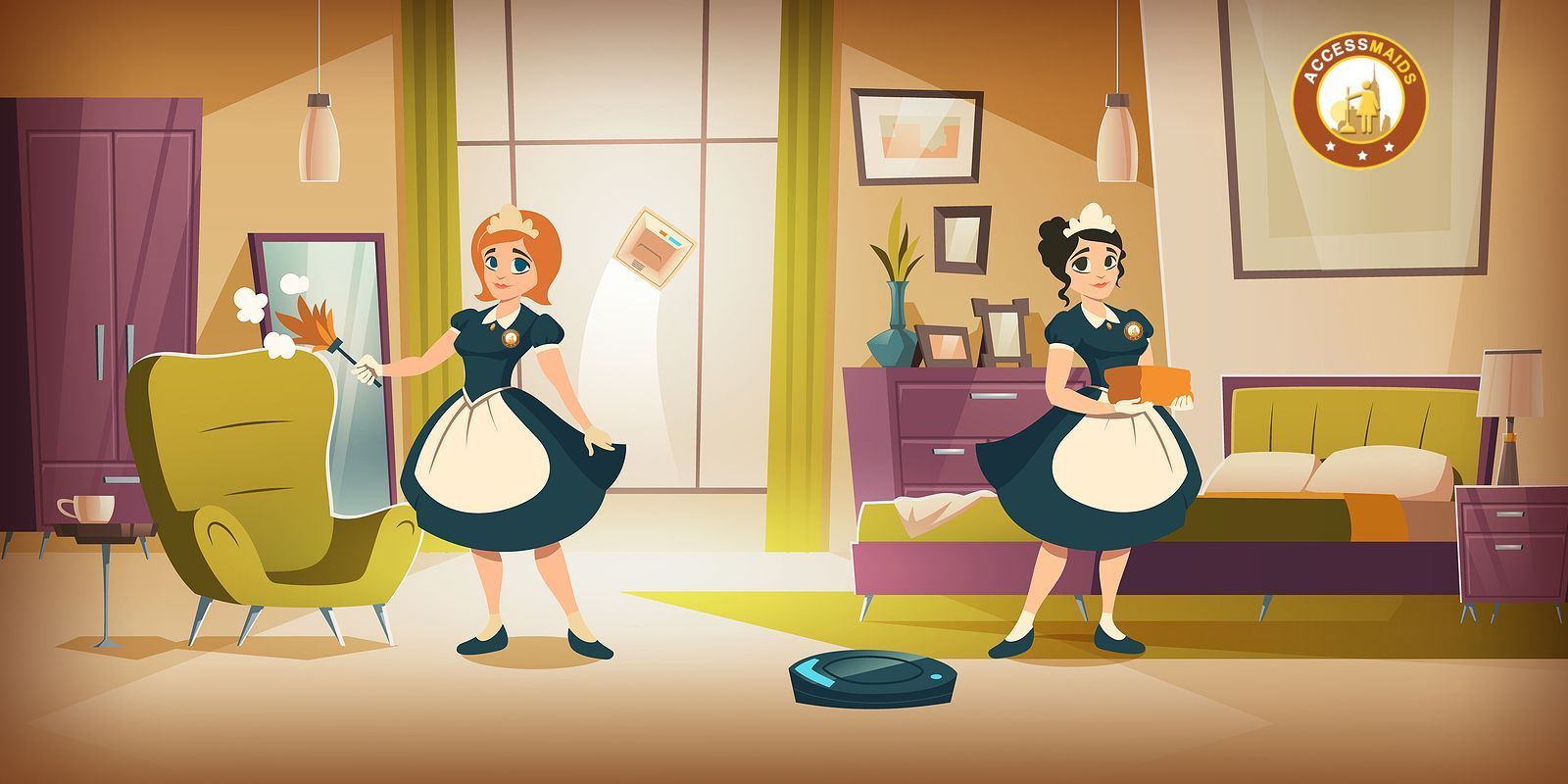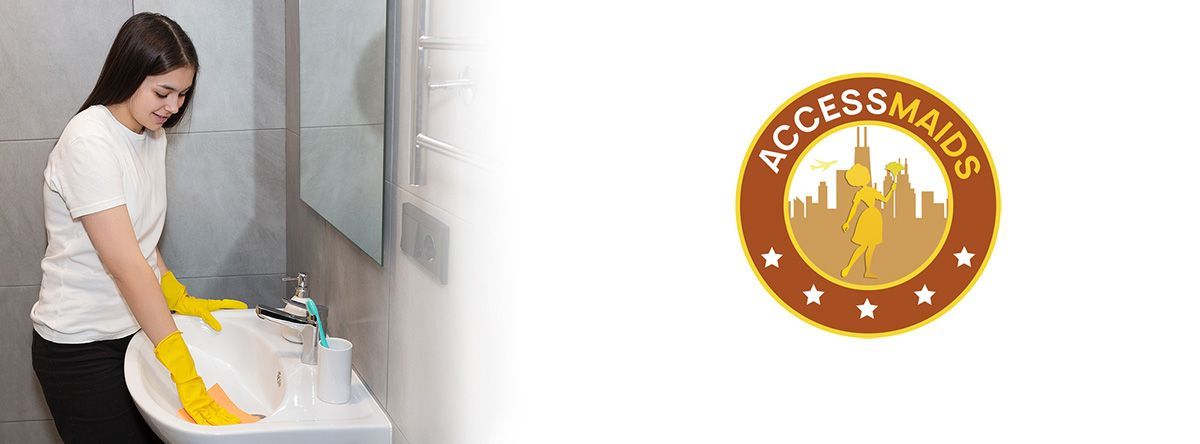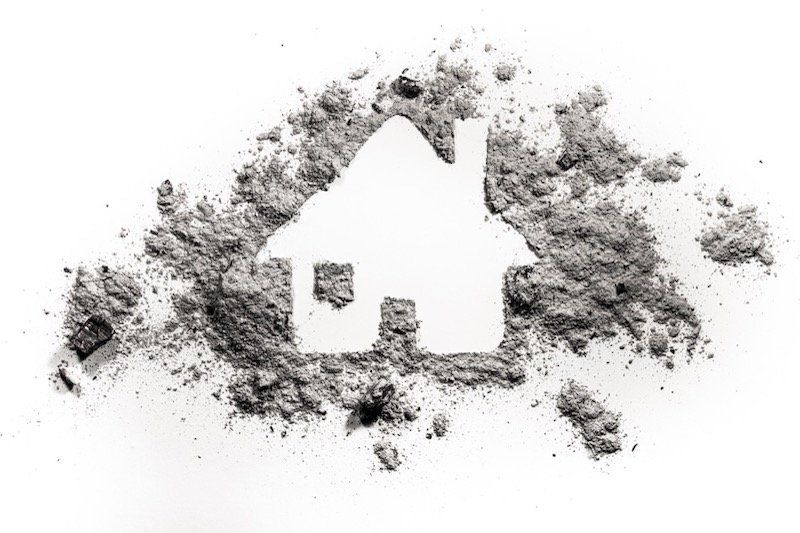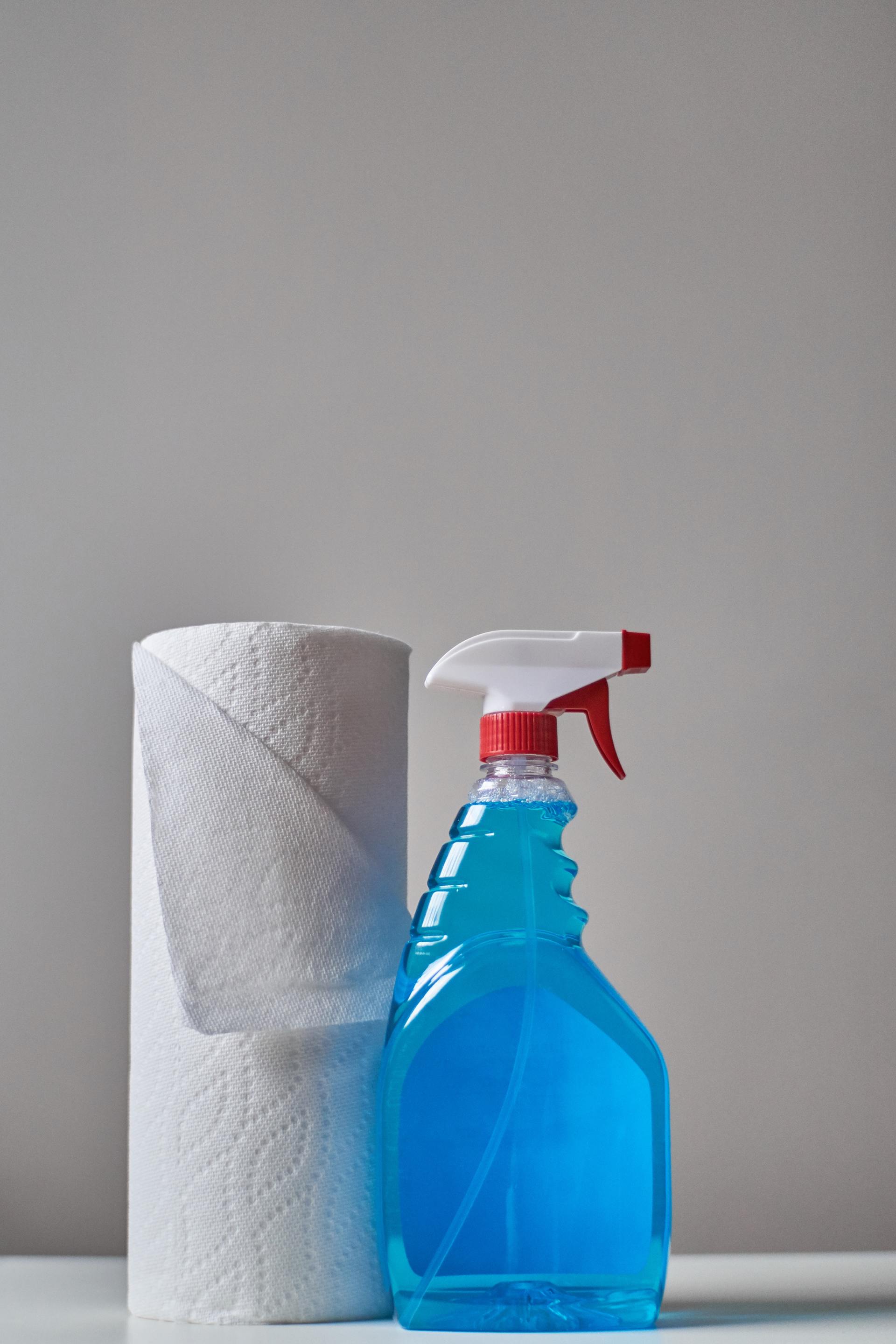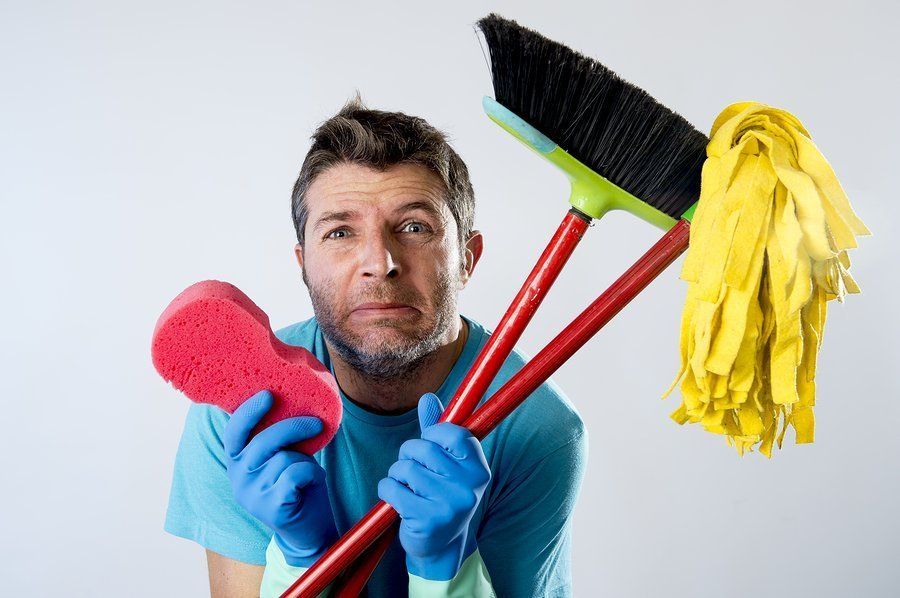Kitchen Cleaning Tips
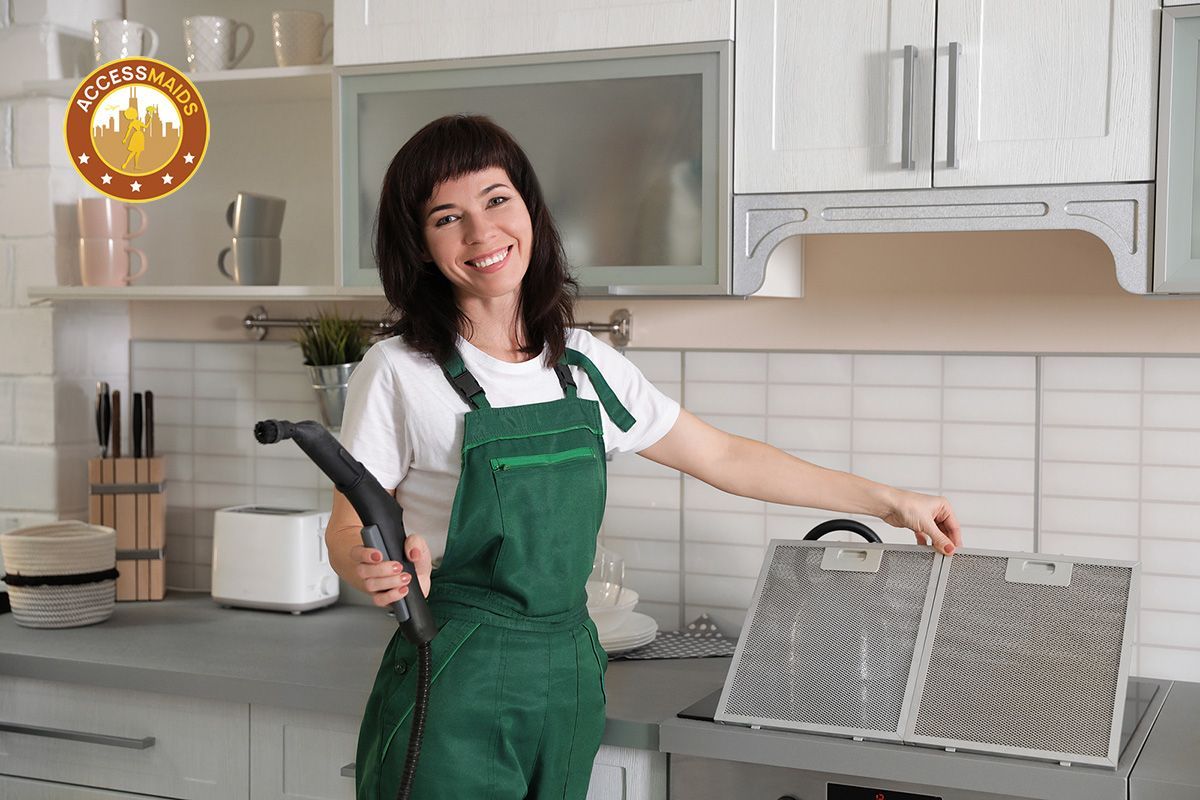
Studies show that the kitchen, not the toilet seat, is actually the dirtiest place in the house. Dr. Chuck Gerba, a microbiologist from the University of Arizona, found that while a toilet seat has an average of 50 bacteria per square inch, a kitchen sponge contains 10 million bacteria per square inch, and a dishcloth has 1 million. Additionally, the average cutting board harbors 200 times more fecal bacteria than a toilet seat. Fecal bacteria like E. coli and Staphylococcus aureus, often found in raw meat, can easily transfer onto cutting boards, not to mention the bacteria lurking on kitchen stoves, floors, and walls. While Dr. Gerba wouldn’t recommend chopping food on a toilet seat, he does suggest treating your cutting board with the same level of hygiene.
Deep Kitchen Cleaning Is Essential
In addition to daily cleaning routines, it's crucial to deep clean the kitchen regularly to maintain a healthy environment. Weekly or monthly deep cleaning helps prevent food contamination, which begins in the kitchen, not at the dining table. Bacteria are commonly found on frequently used kitchen items like sponges, dishcloths, utensils, and even on appliances like the fridge and oven.
Materials Needed for a Deep Clean
Here’s a basic list of materials you'll need for a thorough kitchen cleaning:
1. All-purpose surface cleaners for countertops
2. Bottle brushes for scrubbing narrow areas
3. Detergent and dishwashing liquid
4. Dish gloves, apron, and face mask for protection
5. Non-abrasive cleaners and microfiber cloths
6. Scrub brush and sponges
7. Stainless steel cleaner for sinks and appliances
8. Broom, mop, and vacuum cleaner
9. A bucket and plenty of water
You can also try DIY natural cleaners, such as:
1. Baking soda
2. White vinegar
3. Lemon
4. Natural salt
5. Hydrogen peroxide
6. Liquid castile soap or washing soda
Where to Start
A proper kitchen clean covers multiple areas, including the sink, counters, dishwasher, kitchen tools, coffee maker, stove, oven, refrigerator, cabinets, floors, walls, and ceiling fans.
General Cleaning Tips
- Wear protective gear like gloves and a face mask to avoid exposure to harsh chemicals.
- Always follow the instructions on cleaning products and test on a small area first.
- Begin by dusting the ceiling, fan, and walls, and then wipe down appliances and surfaces.
- Regularly clean and deodorize the dishwasher, stove, sink, and refrigerator.
- Deep clean kitchen cabinets and thoroughly sweep and mop the floor.
How a Professional Kitchen Cleaning Service Can Help
If you’re short on time, hiring a professional kitchen cleaning service can ensure a thorough job. Professionals can help prevent accidents, offer custom cleaning plans, and provide real-time updates through apps. Factors like kitchen size, condition, and location influence cleaning costs.
1. Regular kitchen cleaning is crucial to prevent bacterial growth in commonly used items like sponges and chopping boards.
2. Use proper cleaning tools and consider natural DIY solutions.
3. Organize a cleaning plan, prioritize areas, and follow product instructions carefully.
4. Professional cleaners can be an excellent option if your schedule is tight—just consider the factors before hiring a service.
